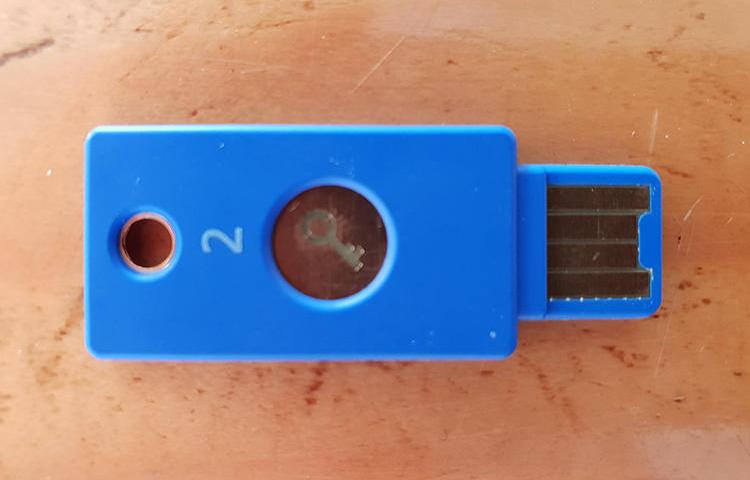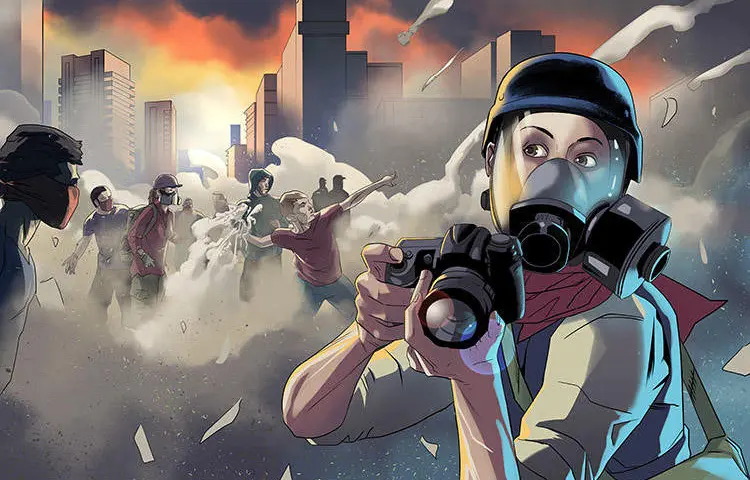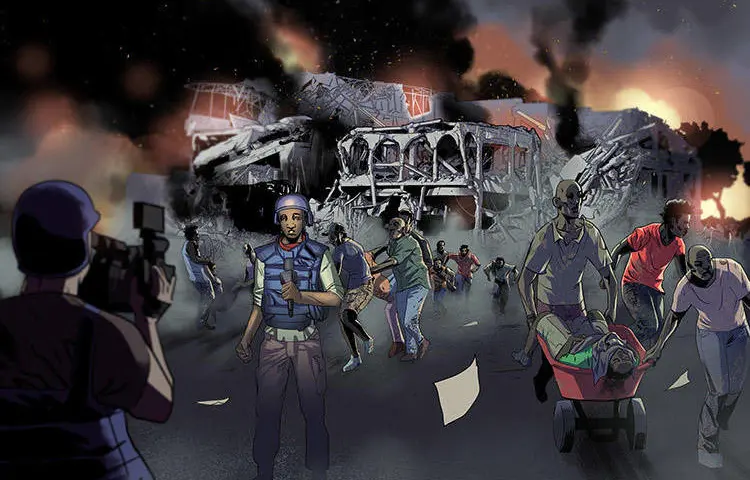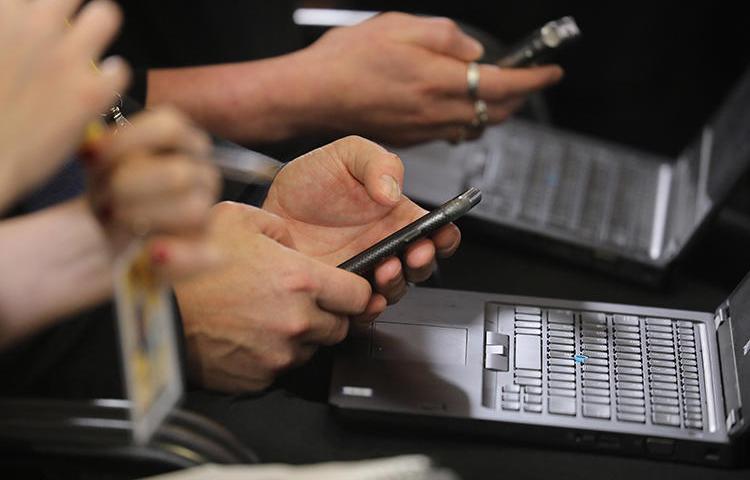
CPJ Safety Advisory: Sophisticated phishing attacks mimic 2FA
The cybersecurity research group CERTFA has reported an increase in sophisticated phishing attacks against journalists and human rights defenders. These attacks, which are global, have also targeted individuals who use more robust email providers or two-step verification (2FA) for their email and social media accounts.

CPJ Safety Advisory: Covering protests in France and Belgium
Despite the French government announcing it will drop a proposed fuel tax rise, the gilets jaunes (yellow jackets) group, truckers, and farming groups have called for more protests, according to The Guardian. Mass demonstrations have taken place across France and Belgium as initial protests over the proposed increase in fuel duty on diesel spread to…
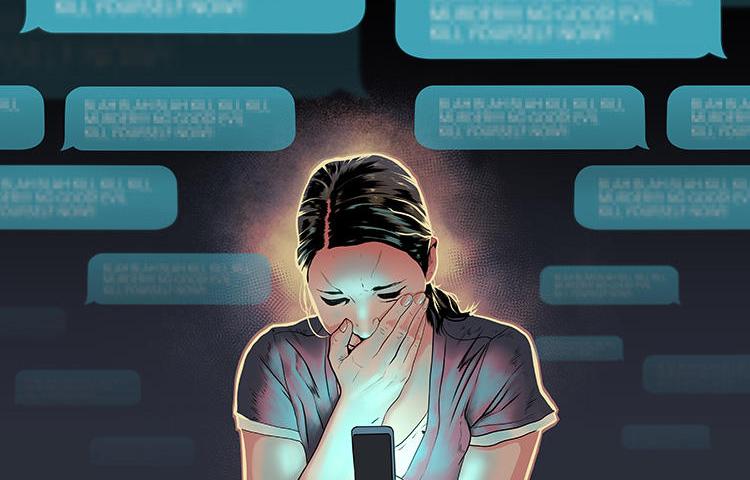
Digital safety: Protecting against online harassment
Journalists are frequently at risk of being targeted online for their work. Media workers who cover issues such as the alt-right, politics and contentious elections, as well as movements linked to race or gender are at higher risk of being attacked online.
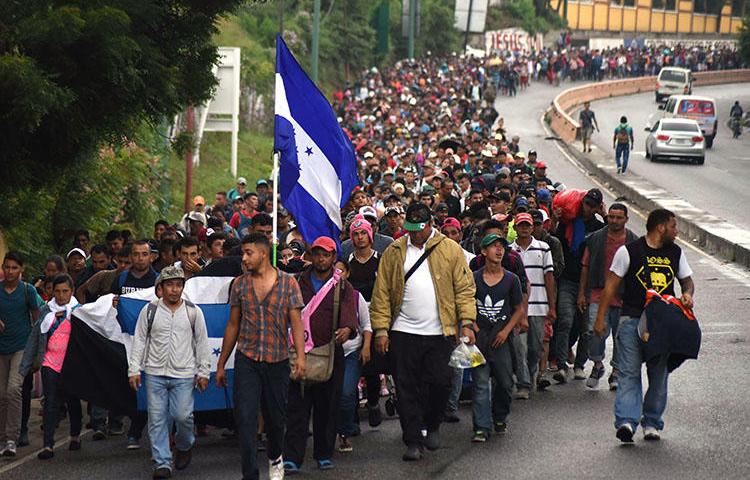
CPJ Safety Advisory: Covering the migrant caravan
UPDATED: This safety advisory was updated on February 15, 2019. In October 2018, thousands of migrants travelled as part of a caravan that departed San Pedro Sula in Honduras for the U.S. As the caravan attempted to cross Mexico, the risk increased for any journalists accompanying it.

CPJ Safety Advisory: Pegasus spyware used to target journalists, civil society
[EDITOR’S NOTE: See CPJ’s updated safety advisory here https://cpj.org/2019/11/cpj-safety-advisory-journalist-targets-of-pegasus-.php.] In a report published on September 18, Citizen Lab said it had detected Pegasus, a spyware created for mobile devices, in over 45 countries. Pegasus, which transforms a cellphone into a mobile surveillance station, could have been deployed against a range of journalists and civil society…
